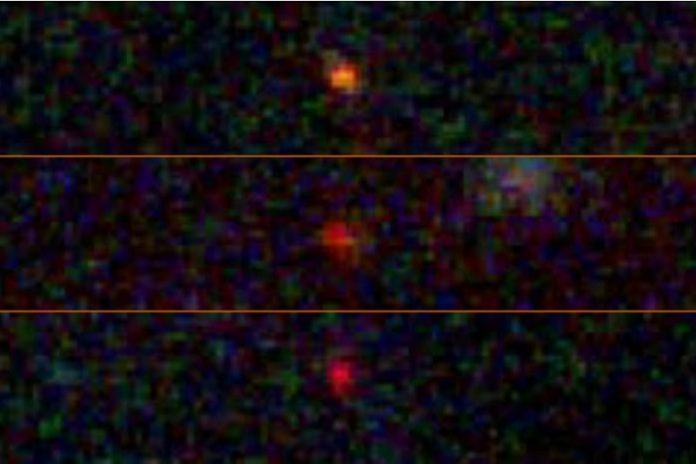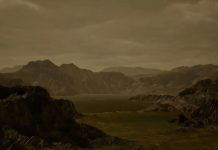
Have you ever looked up at the night sky and wondered what those stars are made of? For most stars, the answer is nuclear fusion.
But scientists believe that some stars might be different and they may have found them.
A team of astrophysicists led by Katherine Freese from The University of Texas, along with Cosmin Ilie and Jillian Paulin ’23 from Colgate University, have been using the James Webb Space Telescope (JWST).
They’ve spotted three bright objects in space which they think could be “dark stars”. Dark stars are theoretical stars, which means scientists have been guessing they might exist.
These stars could be much bigger and brighter than our sun, and instead of being powered by nuclear fusion like other stars, they are powered by dark matter particles annihilating, or destroying, each other.
What is dark matter, you might ask? Well, it’s a bit of a mystery! Scientists think it makes up about 25% of the universe, but they’re not sure what it’s made of.
Some think it’s made of new types of elementary particles, and these “dark stars” might just help them find out.
The JWST could help confirm whether these bright objects are dark stars by looking at their spectroscopic properties.
That’s a fancy term for looking at how light interacts with matter – kind of like looking at a rainbow that’s been spread out by a prism, but with a lot more detail.
Interestingly, these dark stars might help solve another puzzle. There seem to be more large galaxies in the early universe than scientists expected.
But if some of these galaxies are actually dark stars, everything would make a lot more sense!
The three potential dark stars were found as part of the JWST Advanced Deep Extragalactic Survey (JADES).
When the team analyzed the data, they realized these objects could either be galaxies full of ordinary stars or individual dark stars. If they are dark stars, they could be several million times heavier than our sun and up to 10 billion times as bright.
This exciting discovery could change the way we think about the universe. If dark stars exist, it might help us understand the role of dark matter in the universe.
As Freese, Ilie, and Paulin continue their research, we could be on the verge of a new understanding of the stars in our sky.
This research was funded by the U.S. Department of Energy’s Office of High Energy Physics program and the Swedish Research Council.
The study was published in the Proceedings of the National Academy of Sciences.
Follow us on Twitter for more articles about this topic.



